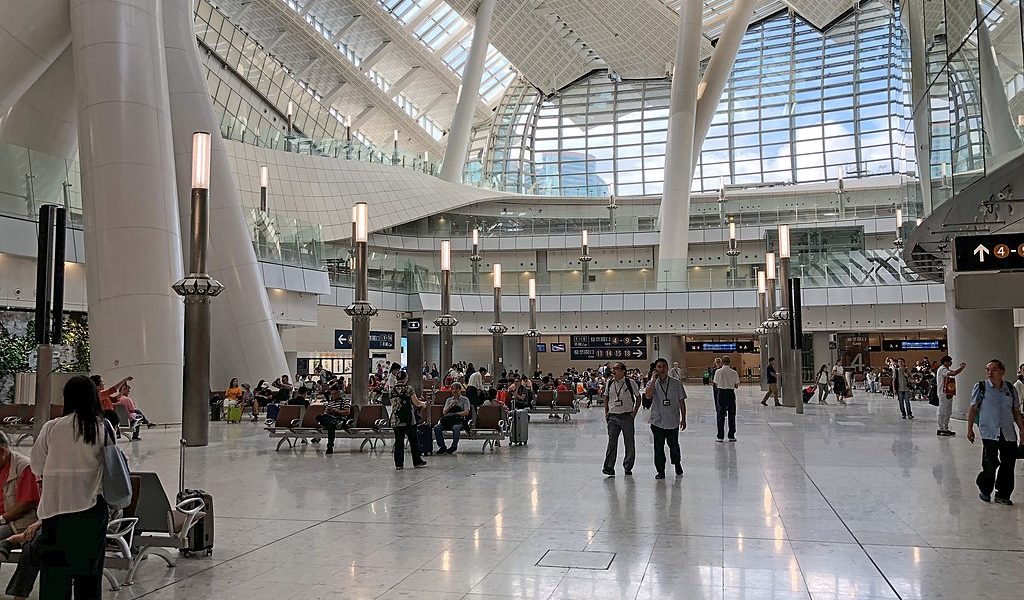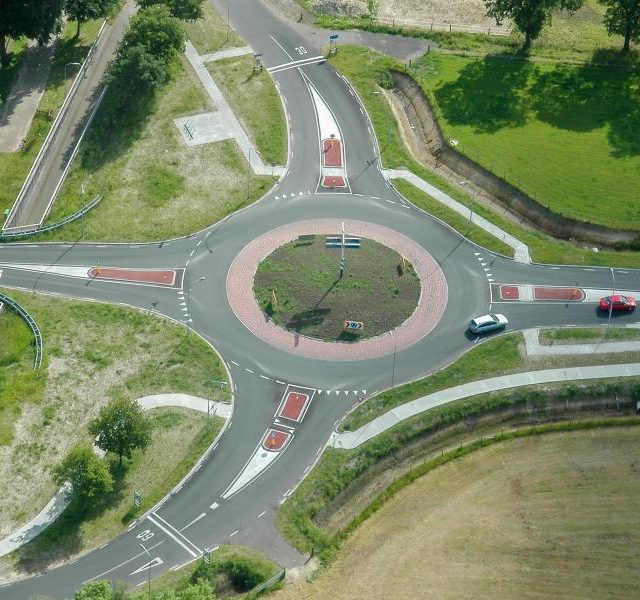Yesterday (23 September) the new West Kowloon station was opened with the launch of a high-speed rail link between Hong Kong and Guangzhou (Canton), which will operate 34 trains daily.
The project suffered delays and budget over-run, but is now forecast to generate an initial operating profit of €23m for its first 3 months.
A second-class ticket on the express rail service to Shenzhen costs HK$86 (€9.40), and takes 14 minutes. Currently 600,000 people commute daily between Shenzhen and Hong Kong. A journey to Guangzhou takes 40 minutes and the cheapest tickets start at HK$250 (€27.30).
The service feeds into China’s vast 25,000km long high speed rail network, opening up travel connections to Beijing, Shanghai, Guilin and many other destinations. A high speed rail journey from Kowloon to Beijing, for example, will take 9 hours. Booking is available online, and ticketing straightforward.
It enhances Hong Kong’s links with the vast hinterland of the Pearl River Delta or “Greater Bay Area” with a combined population of 68 million people boosting economic integration and improving ties in all sectors across the region, which has an estimated GDP of €1.3 trillion.
The direct rail link between Canton and Hong Kong was suspended in 1949 following the communist revolution, and for many years the rail service was operated up to the border between Hong Kong and China. Rail passengers had to disembark at the frontier, and walk through customs and immigration to catch a train on the other side to complete their journey.
After the fall of the “Gang of Four”, China began to open up to the outside world under the leadership of TENG Xiaoping, and in 1979 a new through train service was introduced between Kowloon and Guangzhou. It started off with one train per day, and the journey time was just over three hours. At the time I was a Hong Kong civil servant working for the Kowloon Canton Railway (KCR), and very proud to have been part of the joint team between KCR and the Guangzhou Railway Administration to oversee the introduction of the new diesel passenger service.
The new express service launched yesterday is transformational. To have cut the journey time by more than 4 times from 3 hours to 40 minutes, and increased the frequency of service from once per day to 34 times a day in under 40 years is a fantastic achievement, and shows great investment vision. Small wonder then that the economic future of this century will belong to the Asia Pacific Region.
Is there any such vision or foresight left in Europe? What happened after that great joint infrastructure project agreed in the 1980s between Thatcher and Mitterand to build the Eurotunnel and develop a high speed rail service between London and Paris which would catalyse the development of a great Single Market in the EU? Even this great project is falling victim to Europe’s current political insanity and obsession with Brexit.
In Europe, today’s political classes show no leadership and are to the contrary mired in divisive and negative debate. Whilst the egotistical politicians in London, Brussels and Strasbourg fret about feathering their own nests before the next elections, the rest of the world is filling the intellectual vacuum they leave behind them and is moving on.
Local political activists in Hong Kong are concerned that Chinese officials are allowed to operate a checkpoint at West Kowloon station, and say this undermines Hong Kong’s Basic Law (mini-constitution) by permitting Chinese Law to be enforced in Hong Kong territory. But similar systems already operate without any problem in other parts of the world (e.g. for the Eurostar in France/Belgium/Britain) and they streamline the processing times for passengers, thereby speeding up transit times and allowing faster connections. Nevertheless, several legal challenges have been launched in the Hong Kong courts.
The successful launch of this latest infrastructure project in Hong Kong should serve as a wake up call to officials in Brussels and Europe’s political classes, that they need greater strategic vision and improved cooperative efforts if they want to aspire to achieve more in the 21st century than to simply be curators supervising Europe as the world’s museum and playground.




